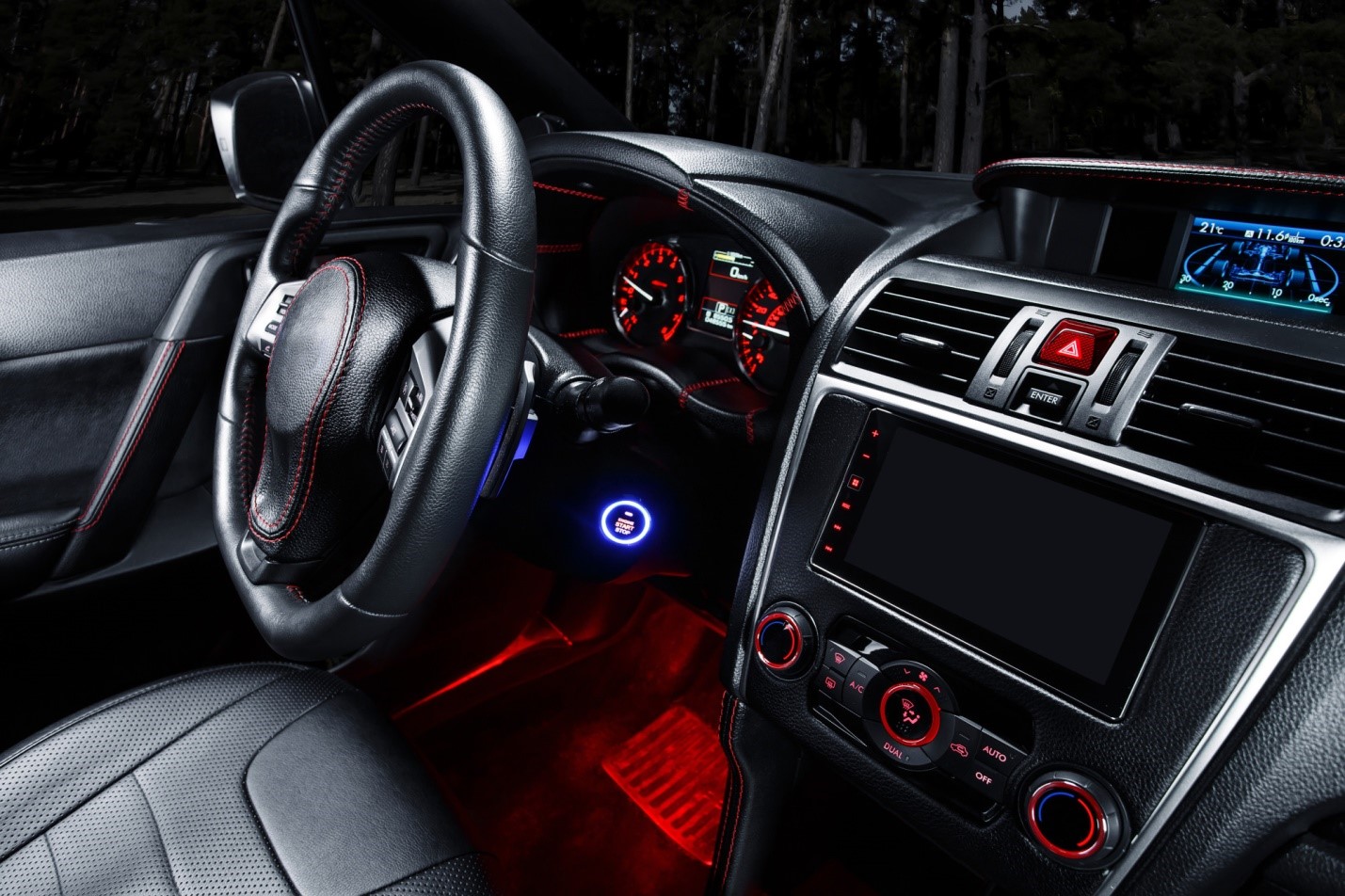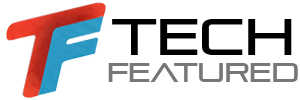It’s that simple, security camera placement is all about Location, Location, Location. The devil is in the details and the details determine where a camera should be placed. Too often a security camera is placed to cover as much real estate as possible and that is the wrong approach. A CCTV or Surveillance System should be just that, a system. Each camera should play a key role in the complete system, like a single instrument in an orchestra, alone they’re nice, but once combined they magnify each other’s performance.
In my humble opinion, the most important camera in a complete CCTV system is the gotcha camera. This security camera should give you the same image as the culprits mug shot will when the police take his picture, that is to say, super close-up. Typically the best location for this camera is right behind the register. Of course every store has one there but they usually try and cover the entire front counter. Huge opportunity loss! The gotcha camera should be at eye level right in front of the customer (actually slightly to the side so that the sales clerk doesn’t block the image). A would be robber would think twice after staring into the eye of the camera. This security camera should be such a tight shot that you only have a couple feet on each side of the cash register. It is the money shot, the one that will put the robber into that mug shot I spoke of earlier.
If you’re doing a home surveillance system then the gotcha camera would be at eye level at the front door. Since 70% of all break-ins occur through a door, and most of them are through the front door, this is your money shot. Even if the burglar doesn’t break-in at the front door he will almost always ring the door bell to see if anyone is home. Once again, after looking into the eye of the camera he’ll probably go to another house. Another good location for the gotcha security camera is at a gate. Most burglars will use the easiest method to get into the back yard and if you have a fence, that would be the gate. Don’t be tempted to get an image of the whole fence, you want just the gate, so you can get that sharp picture that will put him on the 11:00 news. (10:00 Central time)
Not every security camera should be the super close-up. This is where the concept of a complete system comes in. Like in any movie you’ll need a camera to set the stage. That wide angle shot that sets the scene in every TV sitcom, that makes you think they really live in that house. You can cover a lot of ground with this camera, even though you would not be able to identify the individual, that’s the job of the gotcha camera. This surveillance camera covers a large area to try and catch the bad guy in the act. It may be a parking lot or a back yard. By itself if would have little benefit, but as part of a system it plays a key role. you may not be able to identify the intruder, but you’ll have the best chance of catching him red handed. In a parking lot it will give you an idea of the type of car he drives and what direction he was going when he left the parking lot. In a store you may see two criminals working together and see which camera they are walking in front of.
The last location is the security camera that fits in somewhere between the super close-up, and the stage setting wide angle camera. Its role is for high priority locations. Maybe where you have expensive merchandise or a trouble spot where you have had shop lifting problems before. It may be the very reason you’ve decided to get a CCTV system. In a home it might be in an area where you keep valuables. You will want to cover as much real estate as possible while still being able to identify the culprit. The key to this camera location is to not try and cover so much area that your can’t identify the person ripping you off.
That leads us to facial recognition. This priority camera must incorporate facial recognition. That means you must be able to identify the person that is taking food out of the mouths or your children and stealing the Christmas presents of your Grandchildren from under your tree (both figuratively and physically). The FBI has come up with a rule of thumb of ten heads. Look at the image on the monitor and imagine stacking the heads on top of each other like on a totem pole. If you only make it half way up your screen by the time you count ten heads, then the face will be too small to get an identifiable image. Anything less then ten is good as long as you balance the real estate you want to cover with the size of the face.
To sum up an ideal surveillance or CCTV system, you will need at least one money shot camera (your gotcha scum-bag camera), at least one stage setting camera (your wide shot camera), and as many priority (high risk area) security cameras as needed. This will depend on the size of the store and the merchandise you’re trying to cover.
One last thing I need to cover, is the monitor. After putting together a killer system, don’t go and blow it by putting the monitor in an area where customers can see it. A robber will be looking for blind spots, if he can’t find any he’ll wear a mask. You may have a camera super tight for the gotcha shot, but all the shop lifter sees is a camera and he doesn’t want to get picked up. If he thinks he’s on camera he won’t try anything. Like a poker player, never show your hand until you need to.
Follow these rules and you’ll have a complete security camera system that will be a valuable weapon to fight crime, and it will pay for itself by cutting down on loss inventory. (and that’s money in your pocket!)











